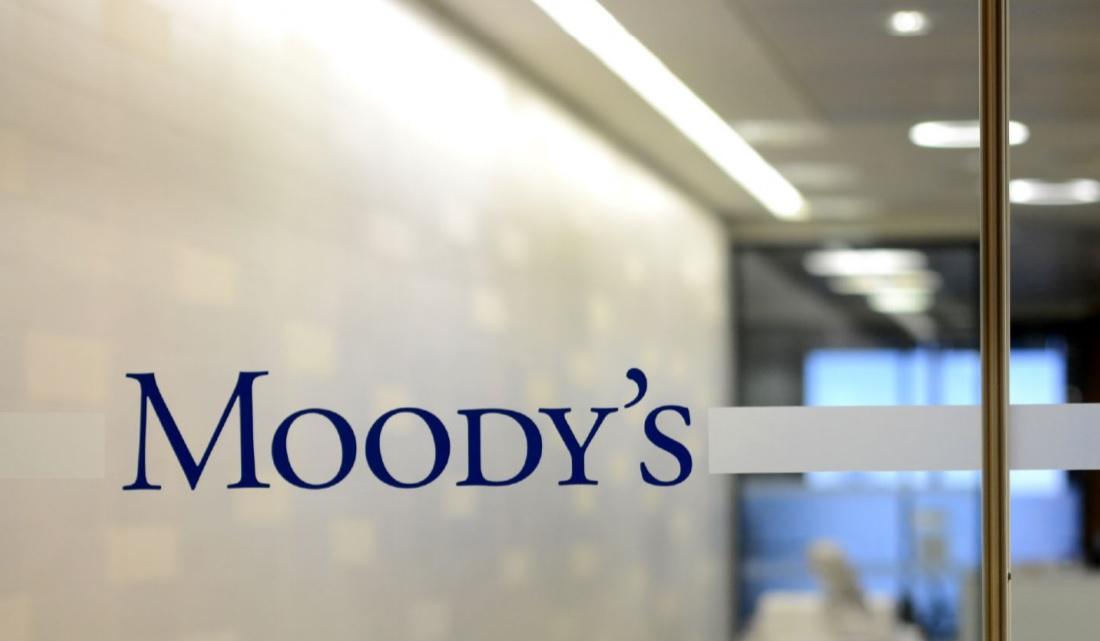Sustainable Bond Issuance Could Grow to $1 Trillion in 2024 Despite Sharp Q2 Slowdown: Moody’s
Global issuance of labelled sustainable bonds – including green, social, sustainability, sustainability-linked, and transition bonds – declined sharply in the second quarter of 2024, as fewer new issuers entered the market and issuers contend with regulatory scrutiny, according to a new report released by Moody’s Ratings.
Despite the decline, however, Moody’s notes that the sustainable bond market remains on track to reach $950 billion in issuance this year, an increase over 2023 volumes, and could reach as high as $1 trillion.
Overall, for the quarter, sustainable bond issuance volumes reached $234 billion, down 20% over the same period last year, and 19% lower than the strong performance in Q1 2024. For the first half of the year, volumes were $534 billion, down 8% from the corresponding period in 2023, but still well above volumes in second half of 2023.
Green bonds continued to account for the majority of sustainable bond issuance at $146 billion for the quarter. Green bond volumes were down 12% year-over-year in the first half of 2024, driven by a sharp decline in Asia Pacific issuance. The report did note some bright spots for green bond volumes, however, with European and North American issuance growing in the first half, up 3% and 9%, respectively, and particular strength in issuance by non-financial companies, increasing 19% over the first half of 2023. Issuance by financial institutions fell sharply, driven mostly by a decline by Asia Pacific financials, which dropped by more than 80% in the first half of the year to only $6 billion.
Social bond volumes fell 10% to $91 billion year-to-date, while sustainable bonds increased 8% to $100 billion, according to the report.
Sustainability-linked bonds (SLB) continued their decline in the quarter, with issuance falling to just $8 billion, reaching the lowest level since 2020. Moody’s has noted the challenges that have been facing the SLB market since its strong growth in 2021 and early 2022, with issuers discouraged by investor scrutiny over issues such as the credibility and robustness of the bonds’ linked sustainability targets.
One of the emerging bright spots highlighted by the report is the rapid growth of the transition bond market, which exceeded $14 billion of issuance in the first half of the year. While volumes remain highly concentrated – the Government of Japan accounted for nearly 90% – Moody’s said that it expects “more entrants over time as the focus on transition finance continues to grow.”
One of the key challenges facing the sustainable bond market highlighted by the report is the drop in the number of first-time issuers. While Moody’s noted that a decline in new issuers is to be expected in a maturing market, the report said that the trend may be exacerbated by issuers contending with “heightened market and regulatory scrutiny and perceived greenwashing risks.”
The report also detailed recent initiatives that may help bring more market clarity for issuers and investors, particularly new and updated guidance documents that have been released by the International Capital Markets Association (ICMA), including on criteria for green-enabling projects to be eligible for use-of-proceeds bonds, Sustainability-Linked Loans financing bonds guidelines, and sustainability-linked bonds principles.
In the report, Matthew Kuchtyak, VP-Sustainable Finance at Moody’s Ratings, said:
“Despite the decline and various challenges that may weigh on the market during the second half of the year, sustainable bond issuance remains on course to meet our $950 billion forecast for all of 2024, with $1 trillion in annual issuance now a distinct possibility.”





